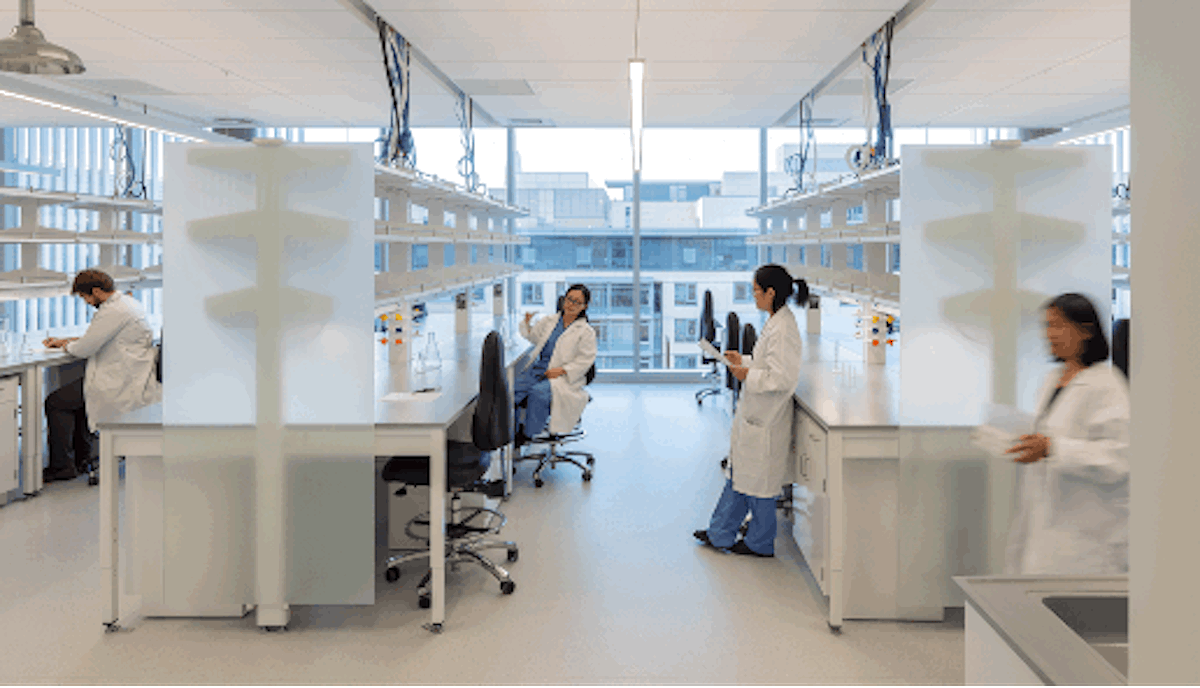Demand for flexibility in the built environment has never been more essential. Traditional single-use buildings have evolved into more dynamic environments, pushing interdisciplinary research organizations to adapt. As capital streams shift and traditional returns on investment are pressed, programmatic innovation and collaboration have become a focus for investment.
Cohabitation of life sciences, educational research, and healthcare users has disrupted the typical real estate model. Partnerships are blossoming around scientific research and development. Funding priorities and talent development have led to strategic partnerships for both dedicated facilities and ongoing operational collaboration.
These merging markets are yielding programmatic shifts in ideology and enabling more robust facility development. However, interdisciplinary projects require both depth of expertise in traditional markets and forward-thinking ideology to support research collision and advancement. As interdisciplinary organizations strive to not only seek to attract the best faculty and researchers, but also to develop facilities that can stand the test of time.
The lessons of a few projects can serve as guideposts for institutions planning similar interdisciplinary facilities. Specifically, project owners should consider:
- the value of more collaborative building methods
- close collaboration with end users
- the benefits of partners who can leverage sector-specific knowledge to their advantage.
Let’s look at several examples.
UCSF WEILL NEUROSCIENCES BUILDING: CO-LOCATING MULTIPLE DISCIPLINES IN NEW WAYS
The 282,000-sf UCSF Joan and Sanford I. Weill Neurosciences Building on the University of California San Francisco’s Mission Bay Campus is a collaboration of neurology, psychiatry, neurological surgery and clinical spaces that historically would not be co-located. Top neuroscientists from those disciplines collaborate in one space in the hopes of advancing research and solving problems relating to disorders like dementia, Alzheimer’s, and Huntington’s disease. Working together allows interdisciplinary research that intentionally seeks diversity in discipline expertise in the pursuit of breakthrough discoveries.
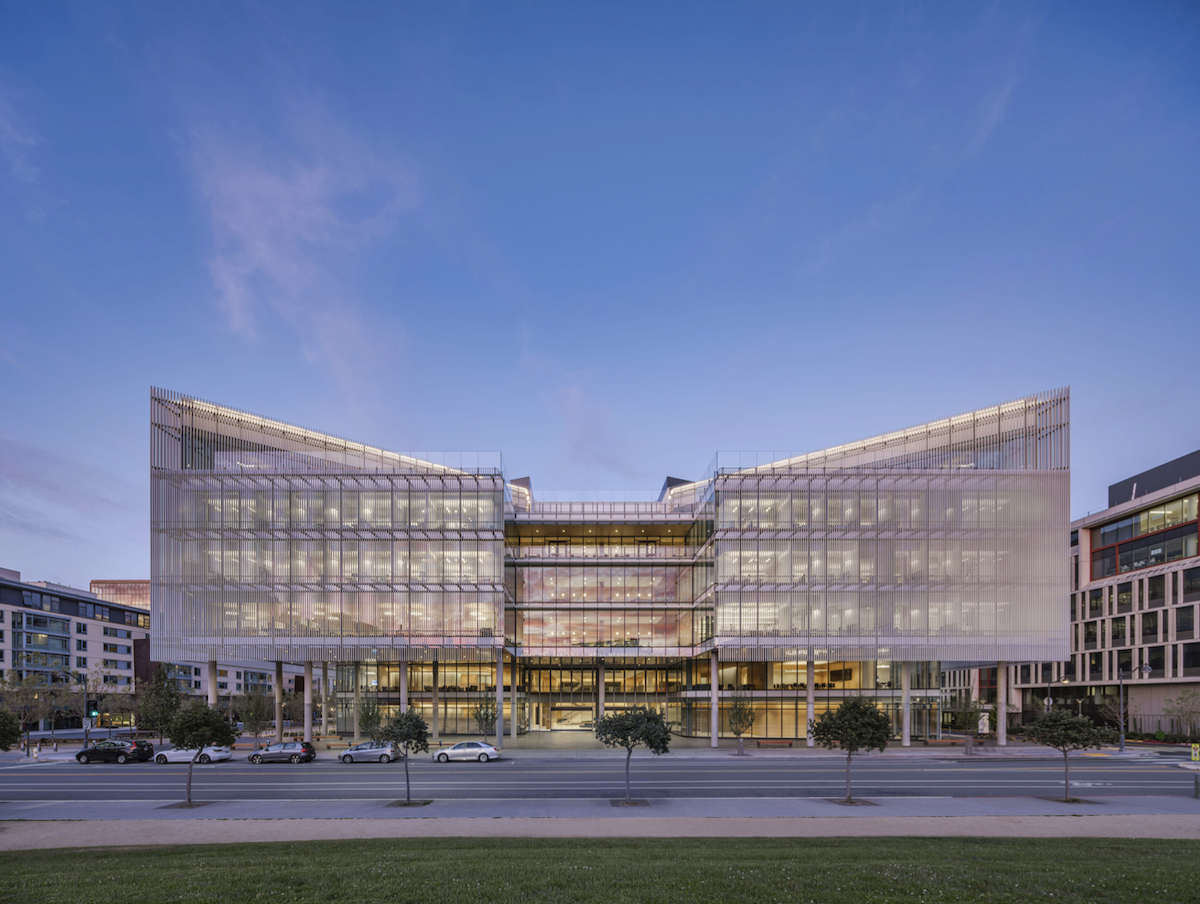
The design and construction of interdisciplinary facilities must allow for dynamic exchange, requiring more thoughtful team composition and collaboration. As a result, the contractor, designer, and other key partners co-located their teams to allow for quick collaboration, similar to design-build or integrated project delivery.
Such buildings are complex, as they must mirror near-term demands but also enable long-term flexibility as research evolves. For that reason, three floors of UCSF’s six-story building are made up of clinical and patient treatment space requiring a particular attention to detail as it relates to healthcare and support for the patient experience model. The research spaces above have their own unique laboratory and research demands.
This intersection of higher education and healthcare created unique demands for building performance and required the expertise of a builder familiar with each respective market and the ability to be nimble with other project partners. Institutions should consider more collaborative team setups to gain value throughout the project.
ASU HEALTH FUTURES CENTER: A NEW MODEL FOR HEALTHCARE EDUCATION AND DELIVERY
Such a partnership between healthcare systems and higher education is evidenced by the Arizona State University Health Futures Center, in Phoenix. This innovative medical learning facility, a collaboration between ASU and the Mayo Clinic, represents a new model for healthcare education and delivery in the U.S.
Designed by CO Architects and DFDG Architects, the 150,000-sf ground-up facility was built with the goal of creating collaborative spaces that facilitate future-focused education and training. ASU nursing students learn to treat patients through hands-on training in clinical skills labs with simulation exam and operating rooms. There is also a home care lab with a mock apartment where students learn to assist patients in their homes, with a pathway connecting the Health Futures Center to the adjacent healthcare campus.
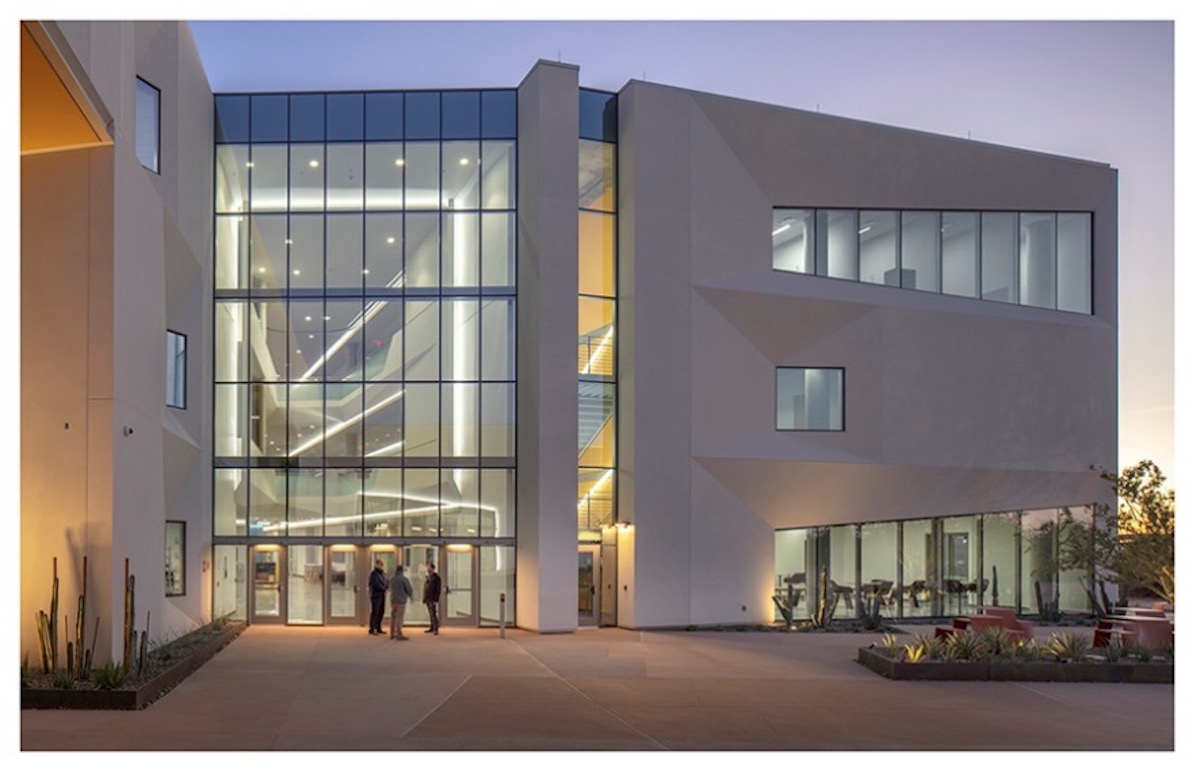
Research components include a med-tech innovation accelerator, as well as biomedical engineering and informatics research labs. The facility allows various ASU programs to study and work together, including the College of Health Solutions, College of Nursing and Health Innovation, and the Fulton Schools of Engineering, and Entrepreneurship and Innovation. Collaboration programs within the Mayo Clinic also allow for interdisciplinary research and exchange.
Achieving all stakeholder expectations requires a deep understanding of the needs of the various end users in the facility. That knowledge, especially when applied early in the design process, can yield insight that affects both design and construction.
For example, DPR’s precon team developed a predictive cost-analysis tool that enabled the construction and design teams to accurately identify where the budget was being allocated based on programming. This unique and interactive tool helps the team incorporate critical end-user design and facility function needs while keeping the project on budget.
USC MICHELSON CENTER FOR CONVERGENT BIOSCIENCE: MERGING LIFE SCIENCES AND HIGHER EDUCATION
The collaboration between traditional life sciences and higher education is exemplified by the University of Southern California’s Michelson Center for Convergent Bioscience, Los Angeles.
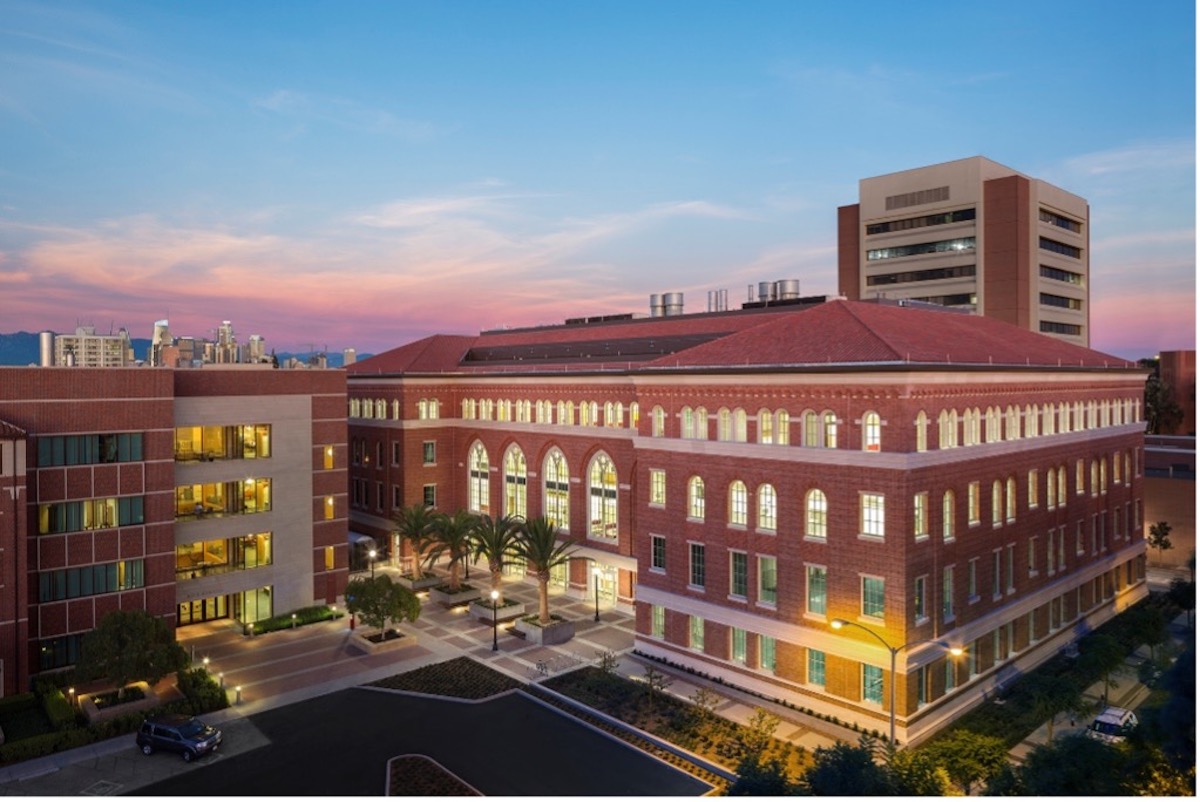
Designed by HOK Architects, the 190,000 sf research facility houses 30 labs, Class 100 and 1000 nanotechnology clean rooms, imaging suites, conference rooms, and classroom space. Hundreds of researchers and students employed in the flexible, open, shared labs collaborate in the fields of biological science, imaging, engineering, nanofabrication and cross-disciplinary studies.
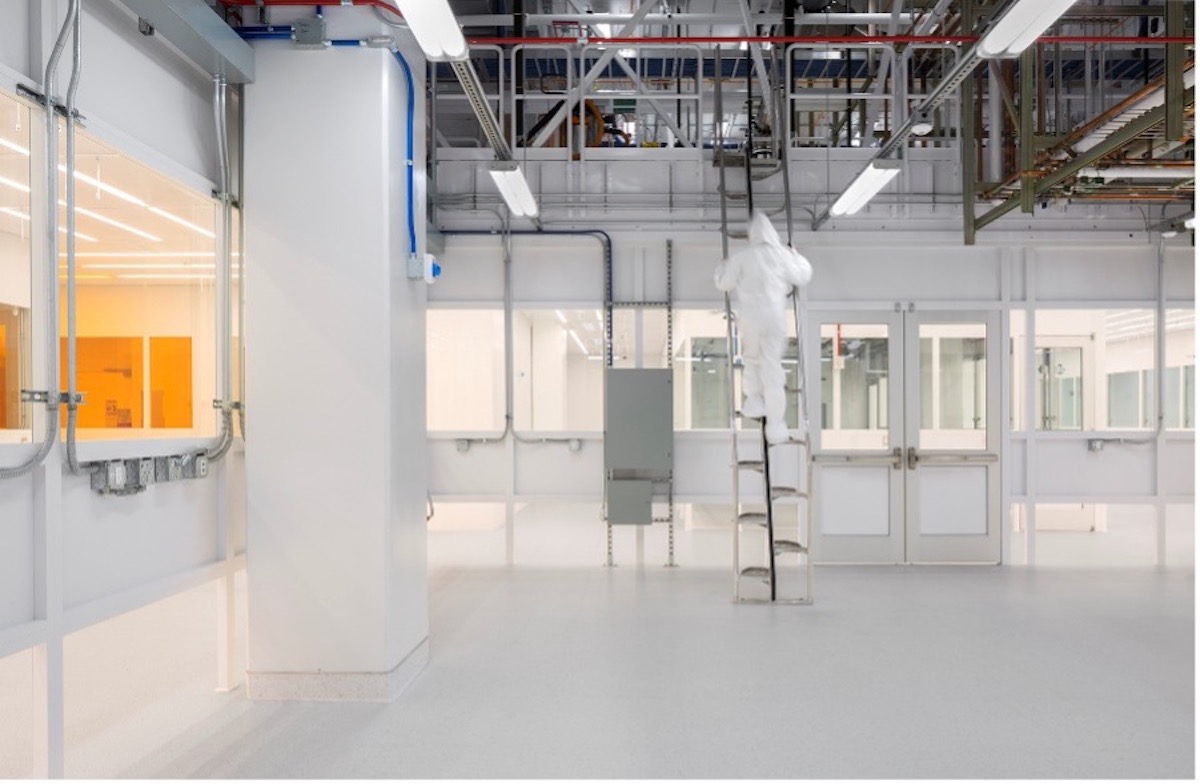
Cross-disciplinary research, education, and capital investment are complicated by varying needs and goals that complicate alignment and adjacency strategies. Design and construction for these atypical facilities requires an acute understanding of higher education, healthcare, and life science environments. While adjacency drives research collision, it complicates systematic design and construction. Program transparency and well-articulated needs are required to translate into collaboratively built environments. An acute understanding of each individual modality is imperative to yield cumulative results.
Successful delivery teams are comprised of experts in each respective field engaged early in the process to identify, organize, and execute the project. These teams can help in planning stages due to their familiarity with sector-specific supply chains. As colleges and universities closely watch every dollar, knowledge such as this can make a significant difference.
FAU STILES-NICHOLSON BRAIN INSTITUTE: NEUROSCIENCE RESEARCH AND EDUCATION IN THE COMMUNITY
Another example of a cross-disciplinary facility recently opened in Jupiter, Fla. Designed by PGAL, the FAU Stiles-Nicholson Brain Institute is a 58,000-sf facility that brings together neuroscience research, education, and community engagement for the study of brain and behavioral disorders.
Designed to be a collaborative hub of study and research for scientists and students in the field of neuroscience, the interdisciplinary nature of the facility will foster collaboration and connect those in the field.
Florida Atlantic University's Stiles-Nicholson Brain Institute brings together neuroscience research, education, and community engagement for the study of brain and behavioral disorders.
The center aims to leverage recent advancements in data science and advanced optical technologies to develop approaches to study brain disorders such as Alzheimer’s disease, autism, addiction, and brain cancer, with the goal of discovering new therapies and treatments. The core laboratory will provide educational experiences for undergraduate students, graduate students, and postdoctoral fellows. There are also spaces for lectures and community events.
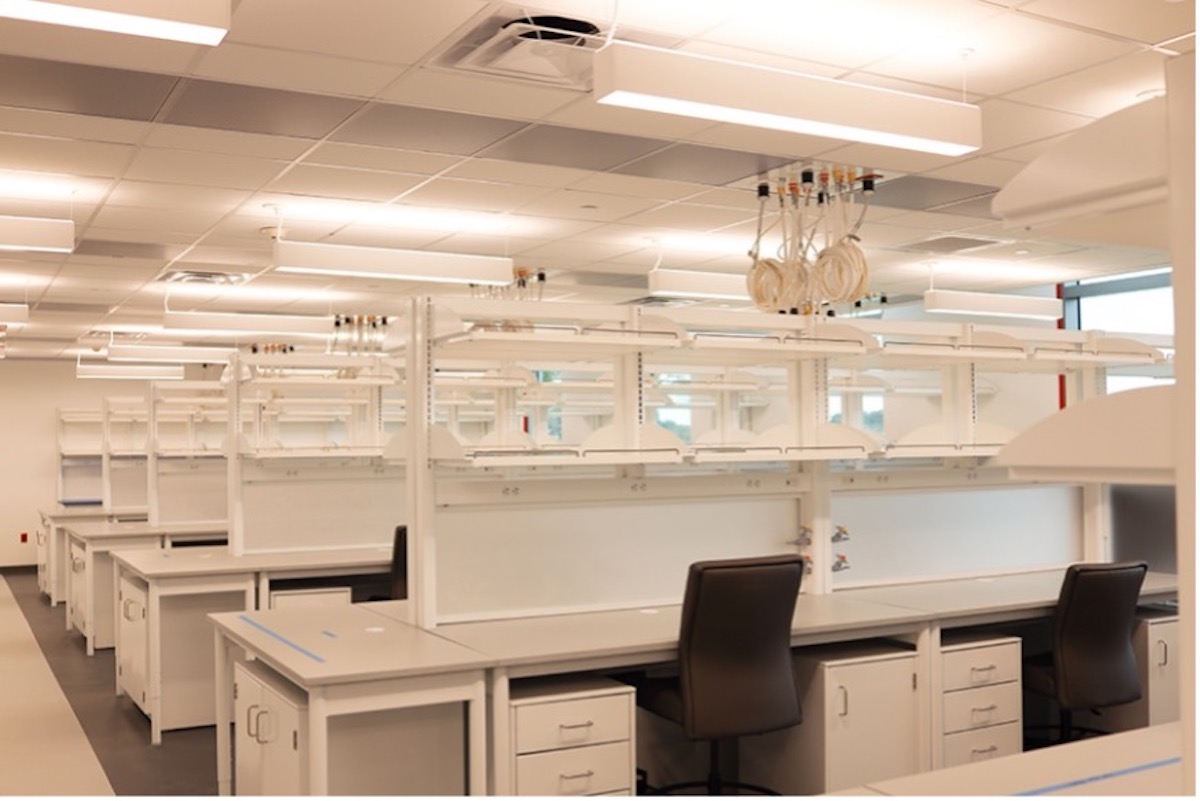
The addition of the Stiles-Nicholson Brain Institute expands the life science research cluster that includes the Max Planck Florida Institute for Neuroscience and the Herbert Wertheim UF Scripps Institute for Biomedical Innovation & Technology. Forward-thinking endeavors are creating market momentum in the public and private sectors to infuse capital, research, and innovation in the hope of scientific breakthroughs. Just as collaboration will take place inside, the successful delivery of the facility also relied on collaboration.
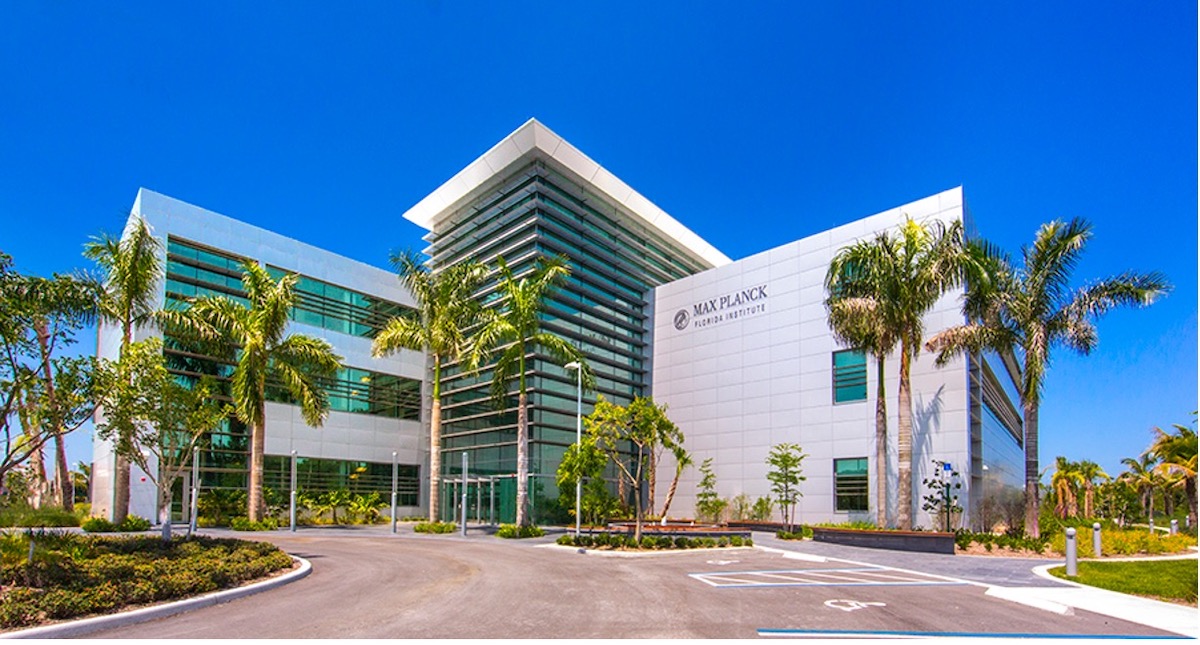
THE GOAL: NEW DISCOVERIES, NEW THERAPIES, NEW DRUG TREATMENTS
The prospects offered in today’s rapidly evolving and expanding interdisciplinary research and development ecosystem are certain to result in new discoveries. The rewards to the early adopting and forward-thinking institutions and industries pursuing collaborative design and construction methods for interdisciplinary research facilities are becoming evident almost daily.
New discoveries, product patents, therapies, and drug treatments are being produced at exponential rates, and the future for additional positive change in this ecosystem is both exciting and promising.
ABOUT THE AUTHOR
Steven Will, Director of Development, leads the market strategy for DPR Construction, focusing on operational and strategic engagement spanning DPR’s core markets. He holds a master’s in construction management from the University of Florida.
PROJECT TEAMS
UCSF Joan and Sanford I. Weill Neurosciences Building
University of California San Francisco (owner), SmithGroup and Mark Cavagnero Associates (architects), Degenkolb Engineers (SE), Jacobs (CM), and DPR Construction (GC)
Arizona State Health Futures Center
Arizona Board of Regents/Arizona State University (owner), DFDG Architects (executive architect), CO Architects (interior designer), Advanced Structural Engineering (SE), Wood, Patel & Associates (CE), Affiliated Engineers (MEP/FP, lighting designer), Jeremiah Associates (acoustical, AV/IT systems consultant), Floor Associates (landscape architect), and DPR Construction (GC)
University of Southern California’s Michelson Center for Convergent Bioscience
University of Southern California (owner), HOK (designer), John A. Martin & Associates (SE), ACCO Engineered Systems (mechanical engineer), Vanderweil Engineers (MEP), CSI Electrical Contractors and DAART Engineering Company (electrical engineers), AGI (laboratory planner), and DPR Construction (GC)
FAU Stiles-Nicholson Brain Institute
Florida Atlantic University (owner), PGAL (designer), Johnson Structural Group (SE), Kimley-Horn & Associates (CE), Bard Rao + Athanas Consulting Engineers (MEP), and DPR Construction (GC)
Max Planck Florida Institute for Neuroscience
Max Planck Institute (owner), ZGF Architects (designer), PGAL (associate architect), Bard Rao + Athanas Consulting Engineers (MEP), Research Facilities Design (laboratory designer), and DPR Construction (GC)
Related Stories
Sports and Recreational Facilities | Mar 30, 2023
New University of St. Thomas sports arena will support school's move to Division I athletics
The University of St. Thomas in Saint Paul, Minn., last year became the first Division III institution in the modern NCAA to transition directly to Division I. Plans for a new multipurpose sports arena on campus will support that move.
Designers | Mar 28, 2023
Inclusive design requires relearning how we read space
Pulling from his experience during a campus design workshop, David Johnson, AIA, LEED AP, encourages architects to better understand how to design spaces that are inclusive for everyone.
Healthcare Facilities | Mar 26, 2023
UC Davis Health opens new eye institute building for eye care, research, and training
UC Davis Health recently marked the opening of the new Ernest E. Tschannen Eye Institute Building and the expansion of the Ambulatory Care Center (ACC). Located in Sacramento, Calif., the Eye Center provides eye care, vision research, and training for specialists and investigators. With the new building, the Eye Center’s vision scientists can increase capacity for clinical trials by 50%.
Sports and Recreational Facilities | Mar 15, 2023
Georgia State University Convocation Center revitalizes long-neglected Atlanta neighborhood
Georgia State University’s new Convocation Center doubles the arena it replaces and is expected to give a shot in the arm to a long-neglected Atlanta neighborhood. The new 200,000 sf multi-use venue in the Summerhill area of Atlanta is the new home for the university’s men’s and women’s basketball teams and will also be used for large-scale academic and community events.
Sponsored | Cladding and Facade Systems | Mar 15, 2023
Metal cladding trends and innovations
Metal cladding is on a growth trajectory globally. This is reflected in rising demand for rainscreen cladding and architectural metal coatings. This course covers the latest trends and innovations in the metal cladding market.
Student Housing | Mar 13, 2023
University of Oklahoma, Missouri S&T add storm-safe spaces in student housing buildings for tornado protection
More universities are incorporating reinforced rooms in student housing designs to provide an extra layer of protection for students. Storm shelters have been included in recent KWK Architects-designed university projects in the Great Plains where there is a high incidence of tornadoes. Projects include Headington and Dunham Residential Colleges at the University of Oklahoma and the University Commons residential complex at Missouri S&T.
Virtual Reality | Feb 27, 2023
Surfing the Metaversity: The future of online learning?
SmithGroup's tour of the Metaversity gives us insight on bringing together physical and virtual campuses to create a cohesive institution.
University Buildings | Feb 23, 2023
Johns Hopkins shares design for new medical campus building named in honor of Henrietta Lacks
In November, Johns Hopkins University and Johns Hopkins Medicine shared the initial design plans for a campus building project named in honor of Henrietta Lacks, the Baltimore County woman whose cells have advanced medicine around the world. Diagnosed with cervical cancer, Lacks, an African-American mother of five, sought treatment at the Johns Hopkins Hospital in the early 1950s. Named HeLa cells, the cell line that began with Lacks has contributed to numerous medical breakthroughs.
Sustainability | Feb 9, 2023
University of Southern California's sustainability guidelines emphasize embodied carbon
A Buro Happold-led team recently completed work on the USC Sustainable Design & Construction Guidelines for the University of Southern California. The document sets out sustainable strategies for the design and construction of new buildings, renovations, and asset renewal projects.
University Buildings | Feb 9, 2023
3 ways building design can elevate bold thinking and entrepreneurial cultures
Mehrdad Yazdani of CannonDesign shares how the visionary design of a University of Utah building can be applied to other building types.


